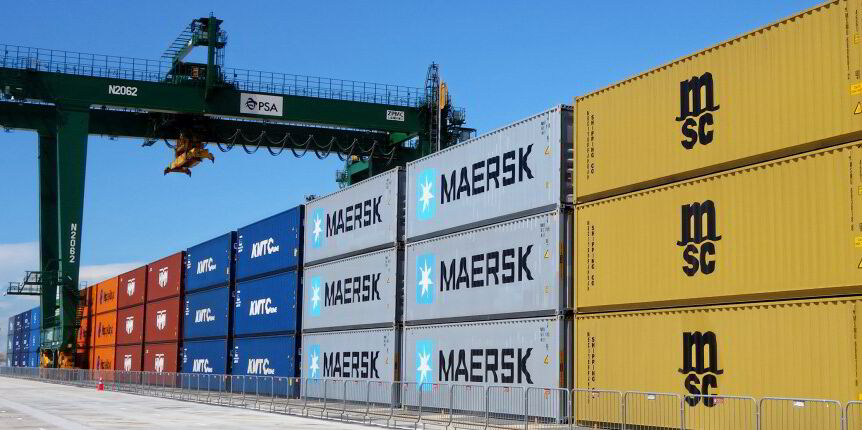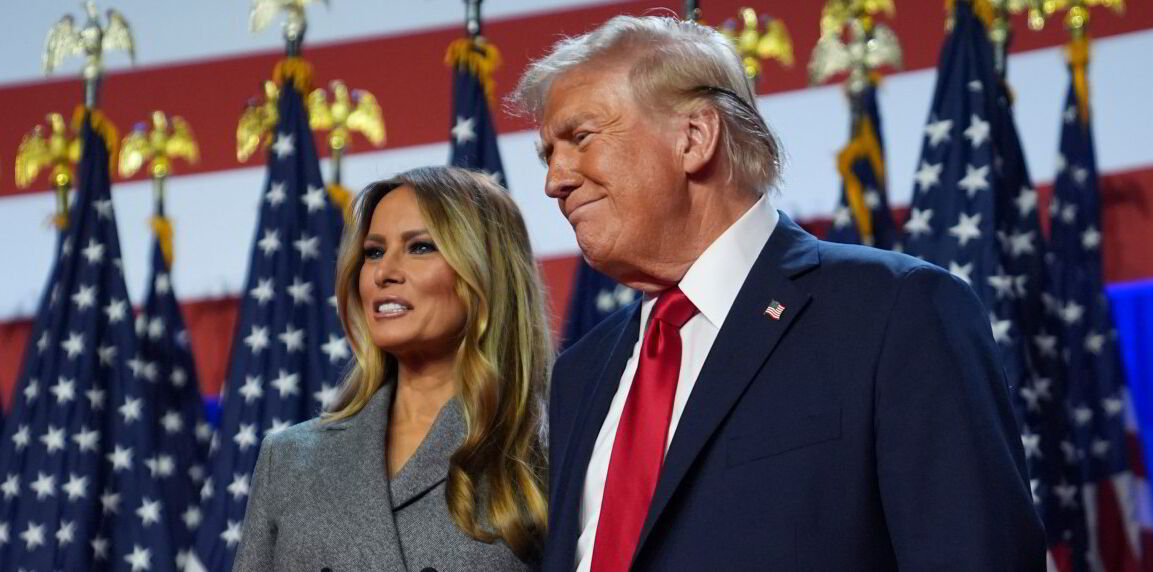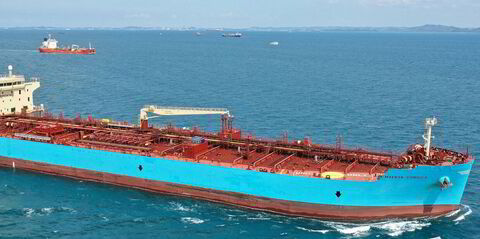US President-elect Donald Trump has vowed to implement blanket tariffs on all imports into the US and reignite his trade war China, which could lead to a short-term spike in container freight rates and longer-term disruptions for the liner sector, according to Xeneta.
Trump plans to implement tariffs of up to 20% on all imports into the US and additional tariffs of 60% to 100% on goods from China.
Xeneta chief analyst Peter Sand: “Shipping is a global industry feeding on international trade, so another Trump Presidency is a step in the wrong direction.”
Sand commented shortly after Trump was declared the victor in the US election race on Wednesday.
Ocean and air freight intelligence platform Xeneta’s data shows container shipping freight rates spiked significantly the last time Trump ramped up tariffs on Chinese imports during the trade war in 2018.
Sand said: “We saw the negative impact of tariffs during Trump’s first term in office in 2018 when ocean container shipping rates spiked 70%. Shippers will be fearing more of the same this time around.
“The knee-jerk reaction from US shippers will be to frontload imports before Trump is able to impose his new tariffs. Back in 2018, the tariff on Chinese imports was 25%, now it is increasing up to 100% so the incentive to frontload is even greater.
“If you have warehouse space and the goods to ship, frontloading imports is the simplest way to manage this risk in the short term — but it will bring its own problems.
“A sudden increase in demand on major trade lanes into the US when ocean supply chains are already under pressure due to disruption in the Red Sea will place upward pressure on freight rates,” Sand said.

Xeneta data shows that average spot rates from Asia to US West Coast and US East Coast remained relatively flat in the weeks leading up to the US Election.
However, the current average spot rates of $5,210 per 40-foot equivalent unit (feu) into the US West Coast and $5,820 per feu into the US East Coast are 167% and 134% higher than 12 months ago, which Sand said was mainly due to the ongoing impact of conflict in the Red Sea.
“2024 has been a brutal year for US shippers who have already endured massive disruption due to the Red Sea crisis and spiralling freight rates. There is also the looming threat of further strike action at ports on the US East Coast and Gulf Coast in January next year,” Sand said.
Longer-term impacts
The liner sector has historically proven to be most vulnerable to political and trade pattern shifts as it relies heavily on consumer-driven demand and cross-border trade flows.
In the lead-up to the US election, Danish analytics and advisory services company Sea‑Intelligence said that in the wake of trade disruptions caused by Trump’s tariffs, liner companies would need to adapt to more sustainable routes and trade patterns as businesses source from alternative markets to reduce the effects of US tariffs.
Sand expressed concern that in the longer term another Trump presidency will reignite the trade war with China and provoke retaliatory action.
“In 2018, we saw China respond to US aggression by imposing tariffs of its own, which added even more fuel to the fire, so there is a risk this situation could escalate further in the months and years to come,” he said.
Recent comments made by executives of top liner companies suggest that they have been paying attention.
Ocean Network Express (ONE) chief executive Jeremy Nixon, speaking at the Marine Money Asia conference held in Singapore last month, suggested that US tariffs could, for example, lead to an uptick in routes between China and Mexico as companies adjust their supply chains.
Nixon, who described liner companies as “servants of global trade”, emphasised the need for industry players to pick up on trends and adapt very quickly. He also stressed the need to adjust operations to align with tariff-induced trade pattern changes and near-shoring trends.
This adaptability, Nixon cautioned, might result in increased costs, but on the positive side, facilitate growth prospects on less traditional trade routes.
Xeneta’s Sand said the one silver lining of this week’s US election is that the outcome was determined almost immediately.
“Another Trump presidency will not be welcomed by US importers and exporters, but they needed a swift and clear result in the election. Uncertainty is toxic for supply chains, so at least the industry now has a clearer understanding of the financial and operational risk and can execute the plans they will have prepared in the event of another Trump presidency,” he concluded.





